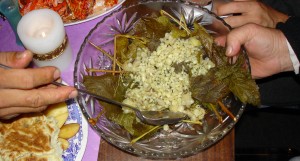by Don Harrison. January 22 2015.
Diabetes is a national epidemic. Whether you are Indigenous or not, addiction to sugar and a sedentary lifestyle are causing this harmful disease to sky rocket. It is also clear to see by the headlines today that diabetes is now known as the silent killer. One reason for the spike in cases seen across Turtle Island is the addiction to sugar. It is in most things, in one form or another of what we eat today, and this over consumption has lead us to become overweight as well. One major reason is the loss of traditional diets consumed by people. Diets low is sugar and high in rich soluble protein. And even if folks think they are not eating sugar, they still may be getting sugar due to eating carbohydrates-that turn to sugar in the body. Indigenous communities are fighting back today by returning to traditional foods that are metabolized buy the body better. One example is riceroot. It is more digestible as a nutrient rich carbohydrate source, but does not spike blood sugar levels, causing unsafe levels in the body. Riceroot is a traditional food source that was used by the Coast Salish for thousands of years and has now been the focus by many to restore vital food option. As well as choosing healthier options, strategies designed to educate the public on safer food options are needed as well. Many people are just not aware that what they are eating has the potential to build really unsafe eating habits. Elders and community leaders fostering community programs focused on eating traditional diets, are reaching out to community members to educate, empower and employ volunteers. The goal is holistic food sovereignty, rooted in environmental and social justice. When a community is responsible for it’s food growth, they are tapped into what is needed to make that happen, and food grown in the region reflects the regions history and restorative community goals of empowerment and providing for the future.This leads to stronger community ties and a vision that self empowerment is connected to sustainability and environmental connections.

